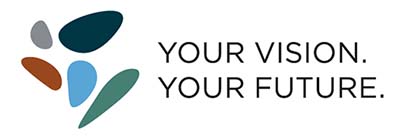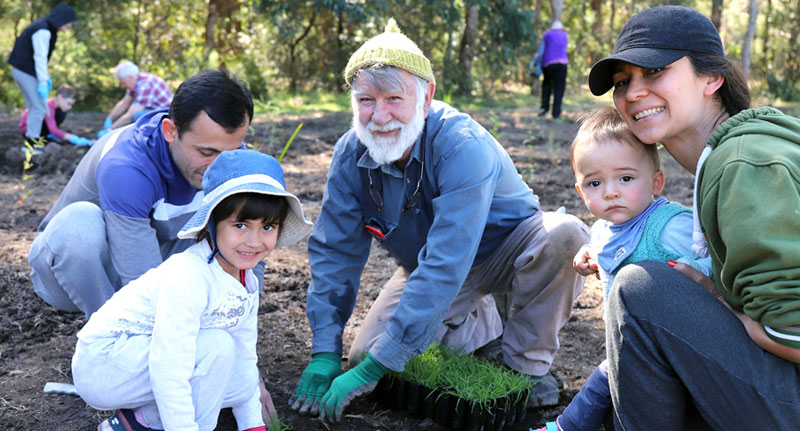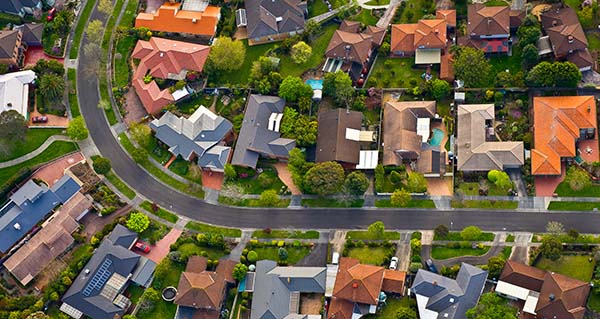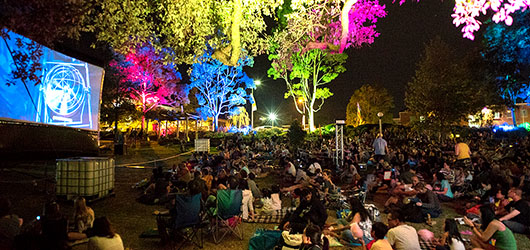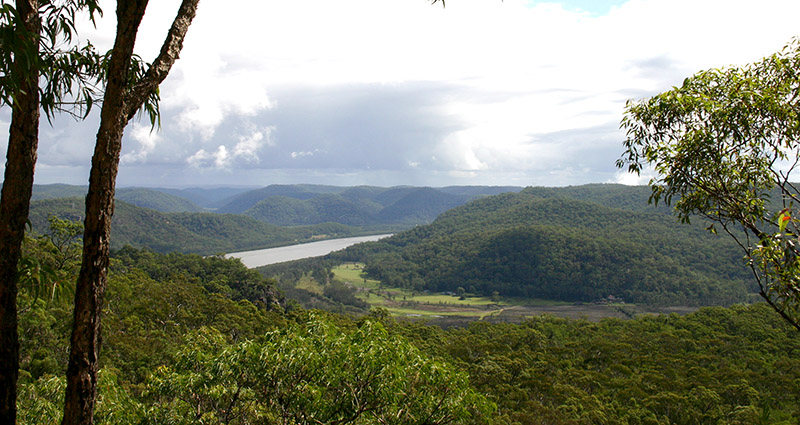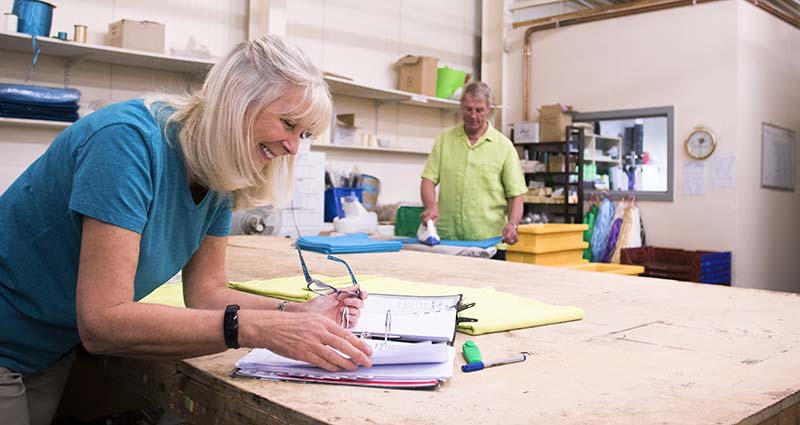How pest animals are managed
Under the New South Wales Biosecurity Act 2015, all non-native animals (except humans) are assessed for the risk they pose to the environment, community and the economy. Everyone who deals with animals (including a landholder allowing them to roam on their land) must prevent, eliminate or minimise this impact, as far as is reasonably practicable. This is termed a persons’ General Biosecurity Duty and must be discharged (S.22 Biosecurity Act 2015).
Pest animals commonly found in Hornsby Shire, such as wild rabbits, red foxes, cats, common mynas and common carp are already widespread across Sydney and therefore pose a low biosecurity risk to the region. Their populations rise and fall seasonally and with the availability of food, and it is acknowledged that it is not reasonably practicable for individual landholders to make a lasting difference to the risk they pose. Instead, efforts should focus on protecting valuable assets such as rare and threatened native plants and animals, important gardens, sports fields, or poultry. Bear in mind, these efforts may prove effective in the short term, however they will need to be ongoing as new pest animals move into vacated areas.
Pest animal management at a regional level is guided by the Greater Sydney Regional Strategic Pest Animal Plan. Greater Sydney Local Land Services is the government agency that has a regulatory role under the New South Wales Biosecurity Act 2015 for vertebrate pest management. It plans and coordinates land-based pest animal management across the Sydney region, including the initiation of large-scale cross-tenure pest animal control programs such as 1080 fox baiting and the release of the rabbit calicivirus. Greater Sydney Local Land Services also builds the capacity of landholders to undertake pest animal management on their land.
Council has no regulatory power to force landholders to control pest animals on their land.
